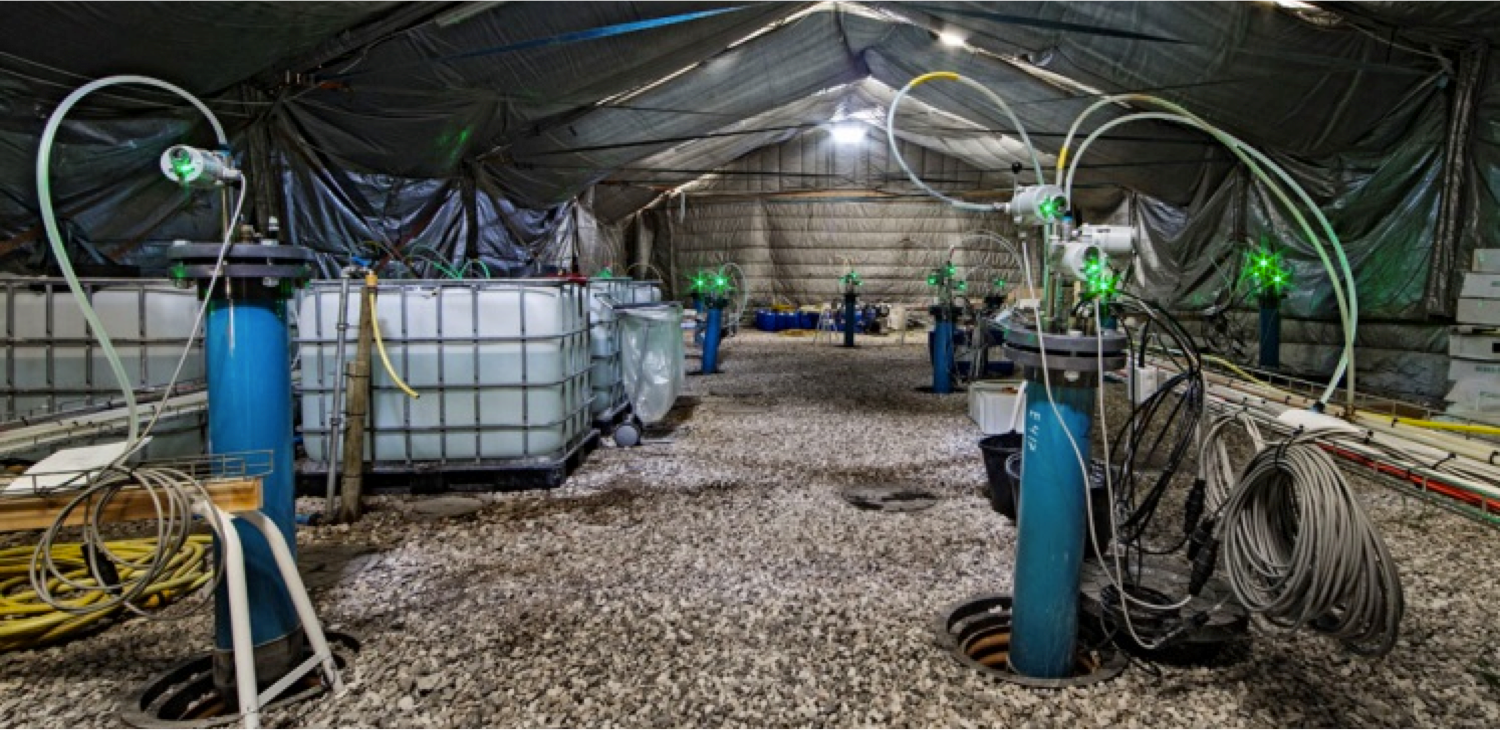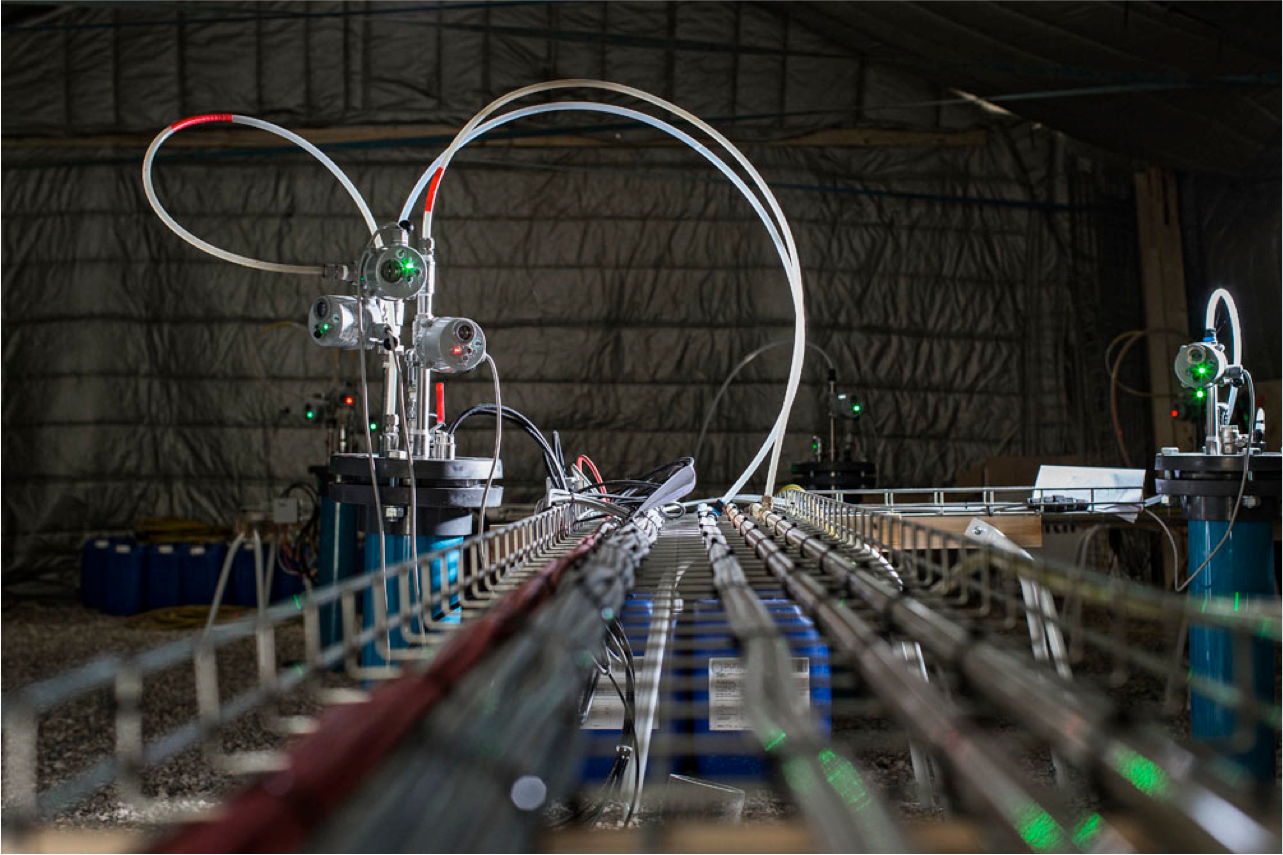
The interest in this technology is enormous,” says Ana Lima, co-organizer of the event and research associate in the Department of Earth and Environmental Sciences. “We were surprised at how quickly our original idea for an afternoon seminar turned into a two-day international workshop.”
The workshop was organized by Ana Lima and Professor Philippe Van Cappellen, both of the Ecohydrology Research Group in the Department of Earth and Environmental Sciences, Evan Cox (BSc Biology ’91 and MSc Microbiology ’93) of Geosyntec Consultants, and Annette Hofmann from the University of Lille, France.

Electrokinetics offers the advantage of working even in challenging subsurface zones of low permeability, like clays and silt. When combined with other approaches, for instance bioremediation, in-situ chemical oxidation, and in-situ chemical reduction, electrokinetics can expedite transport and delivery of treatment evenly throughout a contaminated area, regardless of the geology.
Electrokinetics can also be used to characterize the potential mobility of contaminants located in such clay formations, where they can form a “hidden”, long-term source of groundwater contamination.
We do not propose to replace existing cleanup technologies by electrokinetics, but rather to combine them in order to overcome the limitations of current remediation strategies for soils and groundwater,” says Philippe Van Cappellen, Canada Excellence Research Chair and head of the Ecohydrology Research Group.
The first full-scale project involving electrokinetic-enhanced bioremediation is currently being carried out in Denmark at a former manufacturing site contaminated with perchloroethylene (PCE), a common drycleaning chemical and degreasing agent. The project, directed by Danish consulting company NIRAS, Geosyntec Consultants, and an expert from the US Army Engineer Research and Development Center, is already showing great progress after just two years.
We’re here to get inspired by other electrokinetic applications,” says Charlotte Riis, Expertise Director for NIRAS. “As a consultant, we typically face very difficult environmental problems, and I need to identify the best ideas and RD opportunities. This is what gives us a leading edge as a company.”
In addition to technical presentations, the workshop also focused on the potential for collaboration between industry and academia in the area of environmental electrokinetics.
The workshop was a joint initiative between the Ecohydrology Research Group and Geosyntec Consultants. It was supported by grants from the France–Canada Research Fund and the NSERC Engage program, and sponsored by the Faculty of Science and the Water institute of the University of Waterloo.